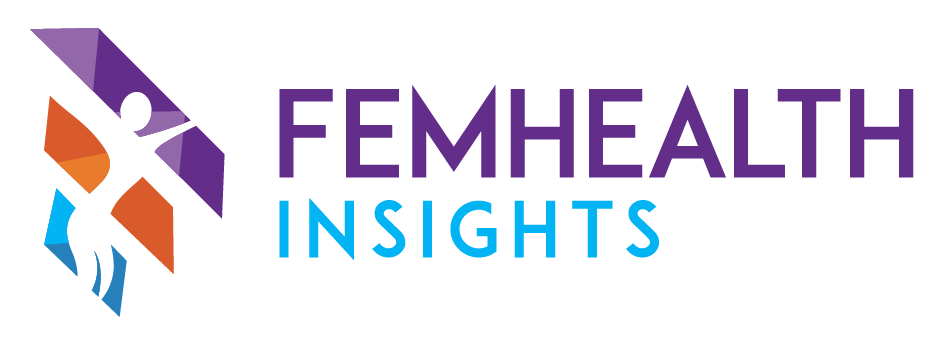Osteoporosis: A Call for Earlier Intervention
Written by Amber Lyons
Osteoporosis is a condition that affects over 10 million people in the United States alone. The condition causes bones to erode, leaving them brittle and at risk of fracturing from minor pressure or injury. Osteoporosis is often called the “silent killer” as symptoms of osteoporosis may not be detected until a fracture occurs — often at the hip, spine, or wrist. Other early symptoms, however, may include back pain, loss of height, and a stooped posture.
Although osteoporosis affects both sexes, research shows that a staggering 80% of sufferers are female. In the US, the prevalence of osteoporosis in women over 50 is around 33%, rising to around 50% of women over 65. In men over 50, the prevalence is around 20%, increasing to 30% over 65. Before the age of 50, the risk of developing osteoporosis is much lower, with the condition affecting 2% of the female population.
The impact of osteoporosis extends beyond bones with debilitating fractures causing chronic pain, disability, and the loss of independence. In many cases, these fractures lead to death within one year. Despite the severe consequences, it remains an underdiagnosed and undertreated condition — while there is still time to do something about it.
How Osteoporosis affects females
Osteoporosis disproportionately affects females due to a combination of genetic and lifestyle factors. Females have naturally lower bone density and a smaller skeletal size compared to males, which makes them more susceptible to bone density loss as they age. Females also have a higher incidence of conditions that can impact bone health, such as autoimmune diseases, thyroid disorders, and eating disorders.
Estrogen plays a significant role in maintaining bone density and strength. Females experience a rapid decline in estrogen levels after menopause, which can result in accelerated bone loss and an increased risk of osteoporosis. Males, on the other hand, experience a more gradual decline in testosterone levels with aging, which can also contribute to bone loss but not to the same extent as the effect of estrogen loss in females.
Societal factors also have a profound impact on bone health. Lower incomes and poverty can limit women's access to healthy food and physical activity. The fact that women tend to live longer than men also puts them at greater risk. Cultural norms and gender roles further compound the problem, with societal pressure around femininity and body image often discouraging weight-bearing exercise, which is critical for building and maintaining strong bones.
According to a recent study published in the Journal of Women's Health, Black and Hispanic women may have a higher risk of developing osteoporosis than non-Hispanic White women — yet they are less likely to be diagnosed and treated for the disease. There is also evidence to suggest that Black and Hispanic women may have a higher risk of complications, such as fractures and mortality, compared to White women. These disparities are likely due to more limited access to healthcare, language barriers, and cultural differences in attitudes toward osteoporosis and bone health.
Diagnosis and Treatment
Osteoporosis is most frequently identified after a fracture has occurred. By then, the risk of a second fracture is up to five times greater within the first year following the initial fracture. Current methods for the diagnosis of Osteoporosis are limited to costly diagnostics and testing often occurs when it’s too late to make a real difference in the advancement of the condition.
The National Osteoporosis Foundation recommends people at average risk for Osteoporosis get a Dual-energy X-ray absorptiometry (DEXA) starting at age 65 for females and 70 for males. Since bone density starts decreasing rapidly after the start of menopause, however, getting a DEXA scan earlier than the recommended time frame could result in earlier detection and a chance for earlier intervention.
A standard course of treatment for a confirmed diagnosis of osteoporosis usually includes a combination of medication, supplements, and exercise. However, many patients are not receiving appropriate treatment to prevent fractures. According to a study published by the National Institutes of Health, only 22% of women over 50 with a fracture received treatment to prevent future fractures.
Opportunities for Improvement
Osteoporotic fractures have a severe impact on quality of life and can be costly. The treatment of osteoporosis in the US is projected to skyrocket to $25.3 billion by 2025. Recent advancements in imaging techniques have revolutionized how the condition is diagnosed and evaluated however there are still opportunities to enhance the precision of fracture risk evaluation and treatment.
Biomarkers, for example, show promise in predicting fracture risk, allowing clinicians to intervene early with preventive measures. Additionally, the development of new drugs and supplements to slow or stop bone loss and reduce the risk of fractures is another area of research that holds promise.
Immediate improvements should include educating all females on the risk factors for osteoporosis much earlier. At the time of diagnosis, treatment becomes more about mitigation than prevention. Making younger females aware of their risk factors while they may still have time to affect change can improve health outcomes. Additionally, small changes to screening guidelines such as standardizing height measurements during routine physical exams may improve earlier detection of osteoporosis without the need for costly diagnostics.
Companies to Watch
Wellen — A science-backed exercise program for women with osteopenia and osteoporosis.
Bone Health Technologies — Makers of a medical device designed to improve bone strength and bone density.
Probi — A clinically-proven probiotic bone health concept that increases bone density.
About the Author
Amber Lyons is a UK-based writer who explores the intersection of AI in health, female health, and societal issues. She has written extensively on a range of topics, from the latest developments in FemTech to the ethical considerations surrounding AI-powered social care.


